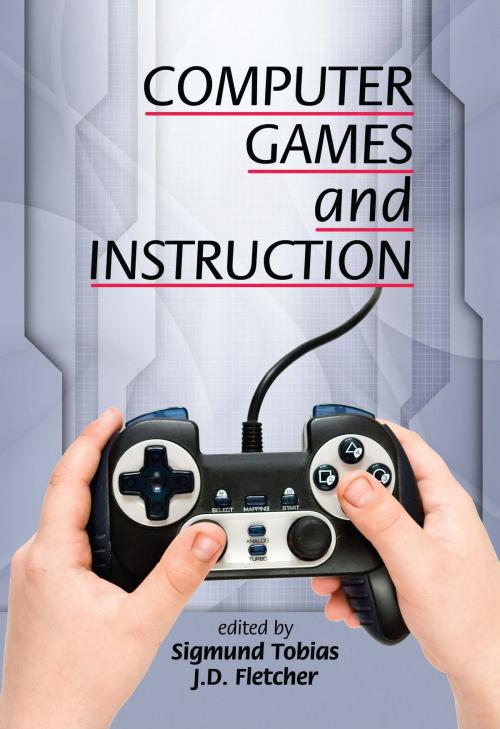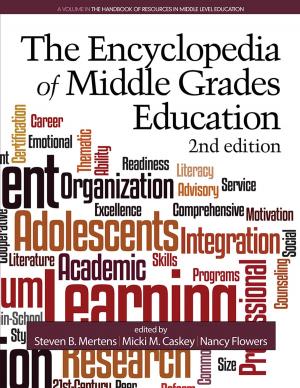Computer Games and Instruction
Nonfiction, Science & Nature, Technology, Operations Research, Reference & Language, Education & Teaching, Teaching, Computers & Technology, Computers, Advanced Computing, Information Technology| Author: | ISBN: | 9781617354106 | |
| Publisher: | Information Age Publishing | Publication: | May 1, 2011 |
| Imprint: | Information Age Publishing | Language: | English |
| Author: | |
| ISBN: | 9781617354106 |
| Publisher: | Information Age Publishing |
| Publication: | May 1, 2011 |
| Imprint: | Information Age Publishing |
| Language: | English |
There is intense interest in computer games. A total of 65 percent of all American households play computer games, and sales of such games increased 22.9 percent last year. The average amount of game playing time was found to be 13.2 hours per week. The popularity and market success of games is evident from both the increased earnings from games, over 7 Billion in 2005, and from the fact that over 200 academic institutions worldwide now offer game related programs of study. In view of the intense interest in computer games educators and trainers, in business, industry, the government, and the military would like to use computer games to improve the delivery of instruction. Computer Games and Instruction is intended for these educators and trainers. It reviews the research evidence supporting use of computer games, for instruction, and also reviews the history of games in general, in education, and by the military. In addition chapters examine gender differences in game use, and the implications of games for use by lower socioeconomic students, for students’ reading, and for contemporary theories of instruction. Finally, well known scholars of games will respond to the evidence reviewed.
There is intense interest in computer games. A total of 65 percent of all American households play computer games, and sales of such games increased 22.9 percent last year. The average amount of game playing time was found to be 13.2 hours per week. The popularity and market success of games is evident from both the increased earnings from games, over 7 Billion in 2005, and from the fact that over 200 academic institutions worldwide now offer game related programs of study. In view of the intense interest in computer games educators and trainers, in business, industry, the government, and the military would like to use computer games to improve the delivery of instruction. Computer Games and Instruction is intended for these educators and trainers. It reviews the research evidence supporting use of computer games, for instruction, and also reviews the history of games in general, in education, and by the military. In addition chapters examine gender differences in game use, and the implications of games for use by lower socioeconomic students, for students’ reading, and for contemporary theories of instruction. Finally, well known scholars of games will respond to the evidence reviewed.















